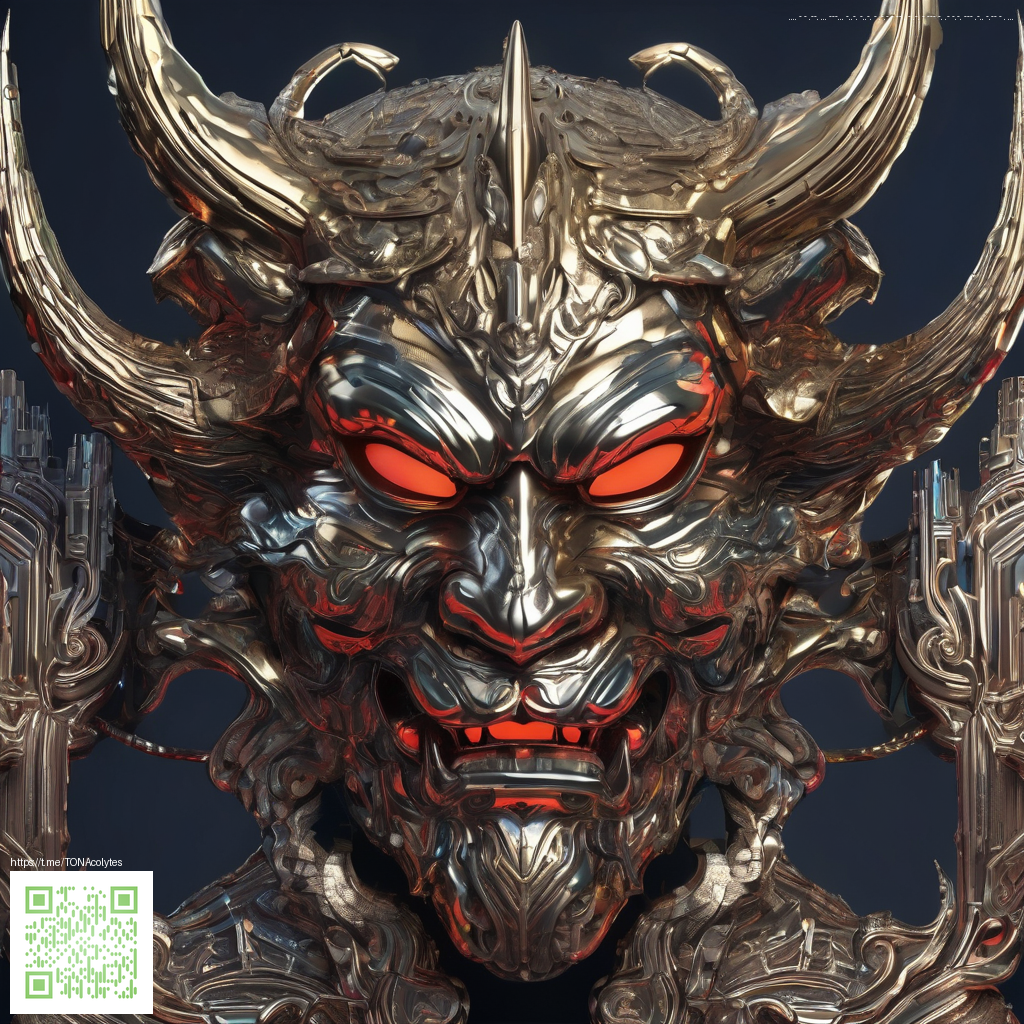
Graphics showdown between PS5 and PC for the remake
When Capcom refreshed this classic for modern hardware the big question became how far the visuals could push beyond the original run. On the console side the PS5 brings a polished synthesis of rasterized rendering and careful upscaling, while PC players chase higher resolutions, sharper textures, and more nuanced lighting. The result is a vibrant debate about perception versus raw capability that continues to spark threads, streams, and mod packs.
What makes this topic thrilling is not simply which frame rate sits at the top of the chart but how each platform interprets the game world. Shadows, volumetric lighting, and texture density contribute to the claustrophobic dread that defines the experience. The console version leans into stability and cinematic pacing, whereas PC builds have the flexibility to push envelope settings that reveal micro details in environments where the suspense runs deepest.
Platform strengths at a glance
- PS5 excels in steady frame pacing and thoughtful use of upscaling to achieve near native clarity in motion.
- PC unlocks higher resolutions, texture fidelity, and the option to enable advanced rendering features such as ray tracing where hardware allows.
- Both platforms benefit from fixed asset work and consistent lighting pipelines that preserve the eerie mood without sacrificing performance.
In game practice on PS5
In practice the PS5 build prioritizes a smooth 60 frames per second with a focus on delivering stable visuals even in dense scenes. Dynamic resolution helps keep the frame rate steady while maintaining a convincing sense of scale in shadows and corners. The result is a cinematic experience where the tension remains high during exploration and combat alike 🎮.
Texture detail updates in the PS5 shader stack contribute to a more grounded look during close ups, while lighting effects such as volumetric fog and post processing create a moody atmosphere without overwhelming the hardware. Load times feel snappy thanks to the console’s fast storage, which keeps the pace brisk during tense sequences. Overall, the PS5 version rides a careful line between fidelity and fluidity.
In game practice on PC
On PC the door to higher fidelity swings wide open. With a capable graphics card and ample VRAM, players can push up to 4K and beyond, dialing texture detail up to ultra and enabling lighting features that breathe extra life into the corridors. Ray tracing may be offered as an option on certain builds, delivering more accurate reflections and shadowing at a performance cost that players manage through DLSS or FSR like upscaling methods.
What helps PC players is control over post processing and anti aliasing, which can dramatically affect perceived sharpness in dim rooms. A strong CPU also helps keep physics and crowd rendering from stalling during heavy action moments. The end result is a sharper, more defined silhouette of the shutter doors and slick surfaces that gleam under lab lighting. It is a welcome upgrade for players chasing uncompromised image quality 🕹️.
Community voices highlight a clear trend many PC players share a passion for texture mods and shader tweaks that lift the game even further. The enhanced clarity in close quarters often makes enemy silhouettes pop in a way that heightens tension during late game encounters.
Beyond the visuals the experience on PC frequently includes the ability to tailor the presentation to personal taste. Frame rate caps, upscaling modes, and custom color grading let players sculpt a presentation that aligns with their preferred mood while preserving the haunting atmosphere that defines the remake.
Update coverage and developer notes
Since launch, communication from Capcom has emphasized delivering a stable, atmospheric experience across platforms. Updates that refine performance modes and load times have been part of ongoing support, with direction from the studio that the core visuals remain faithful to the original’s intent while embracing modern hardware capabilities. Community threads and official diaries have often pointed to a balance between image quality and player comfort during long play sessions.
Modding culture and PC flexibility
PC players have a thriving ecosystem to push the aesthetic envelope even further. Texture replacement packs, reshade presets, and shader mods are common tools used to enhance lighting, fog, and color response. While console players rely on in built options and official patches, mods offer a path to re imagine textures and lighting fidelity when freetime permits.
For fans who love benchmarking and tinkering, the comparison between PS5 and PC is a reminder that hardware ecosystems shape not just performance numbers but the vibe of a haunting survival experience. The tension between perfect motion and perfect detail fuels conversations long after the credits roll, and that is a hallmark of a game that knows how to linger in your memory 🔥.
As players toggle between performance and quality modes on PC and savor the steady rhythm on PS5, the remake continues to prove that a well crafted horror game benefits as much from how it looks as from how it plays. The debate will persist, but the thrill of comparing two strong interpretations remains a big part of the journey.
Phone Grip Click On Mobile Holder Kickstand